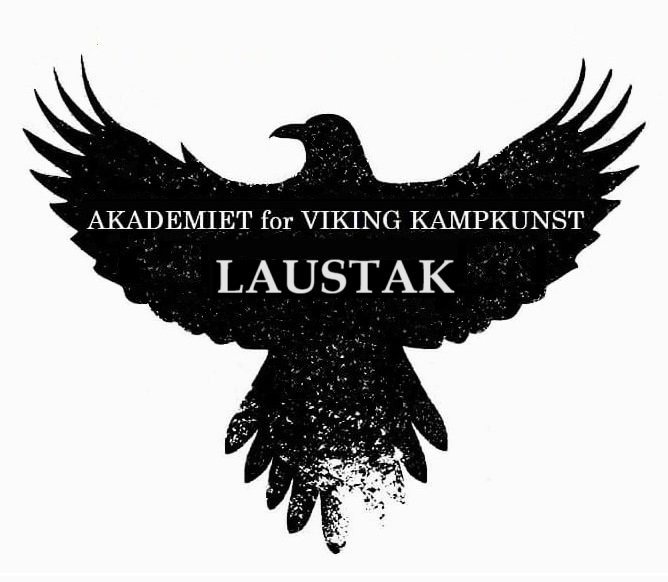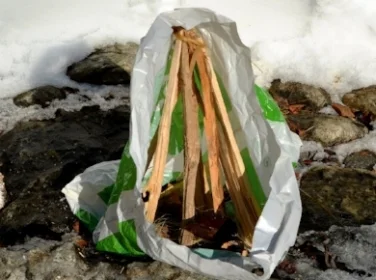Fire was an incredibly important part of Viking life. It gave life-giving heat, was a means of cooking food, a tool for illumination, a deterrent against insects and predators, a provider of safety when used as a beacon, and an instrumental part of sacred Norse rituals such as a Viking funeral.
Whenever they went hunting or traveling, Viking warriors needed to eat and keep warm, so they had to have the ability to make a campfire in all weathers. A campfire was essential and the center of most activities when Viking warriors made camp.
Here they would cook food, eat, talk, dry clothing and equipment, and keep warm. Once a campfire was made, cooking equipment would quickly appear, as would drinking horns, mead and tall tales.













